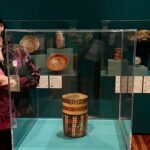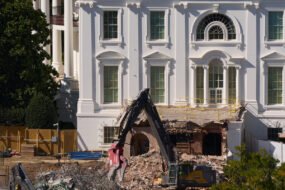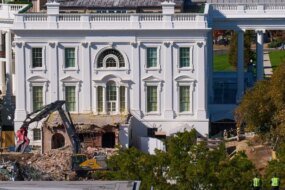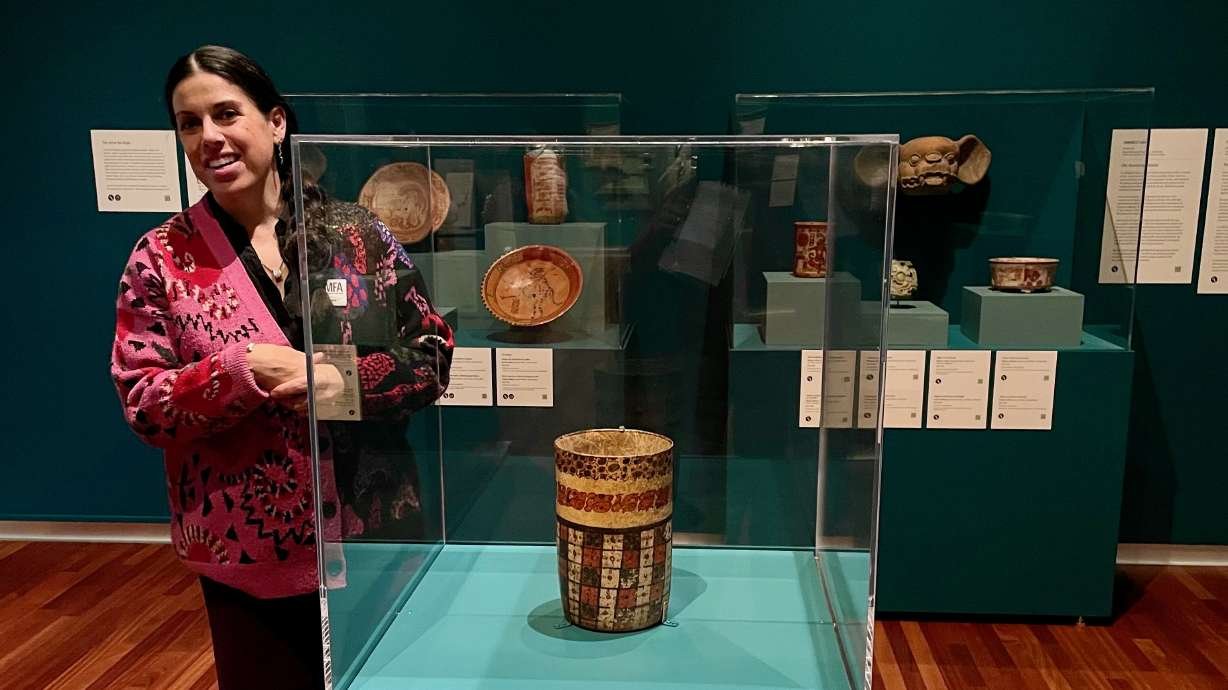
SALT LAKE CITY — The Utah Museum of Fine Arts is focusing on the art and cultures of Mexico, Central America and South America, and those galleries have been reimagined and moved to a more central location.
It’s a bid to decolonize the collection, museum officials say, and better connect the art, figures and artifacts to the communities here in Utah with roots in the expansive area.
“We want to elevate lots of voices,” said Annie Burbidge Ream, assistant director of learning and engagement at the museum. The artwork “tells the stories of them, their families and their cultures.”
The effort to revamp what had been called the Ancient Mesoamerican Gallery started in 2022 and was jointly spearheaded by museum reps, Artes de México en Utah and members of the local Latino community. Artes de México is a nonprofit group in the state that promotes the art and culture of Mexico.
“Their guidance was rooted in a powerful philosophy — that the past represented by ancient objects is not separate from the present; it is the present,” Gretchen Dietrich, the museum’s executive director, said in a statement. “The result is a gallery that better reflects the vibrant, living cultures of the objects’ origins and the communities that continue these traditions today.”
Fanny Guadalupe, who formerly headed Artes de Mexico en Utah and was involved in the effort, said those who helped with the overhaul of the exhibit are mindful that the artifacts “were displaced from their land and original purpose.” They also recognize they won’t be returned to their places of origin. The Mesoamerican exhibit dates to 2001.
“Instead, we honor them by creating personal connections, bringing them to life through our present relationship with them as representatives of our ancestors,” she said. The objects, she went on, “serve as a medium to create dialogue and understanding among those of us who make Utah a welcoming, culturally rich state.”
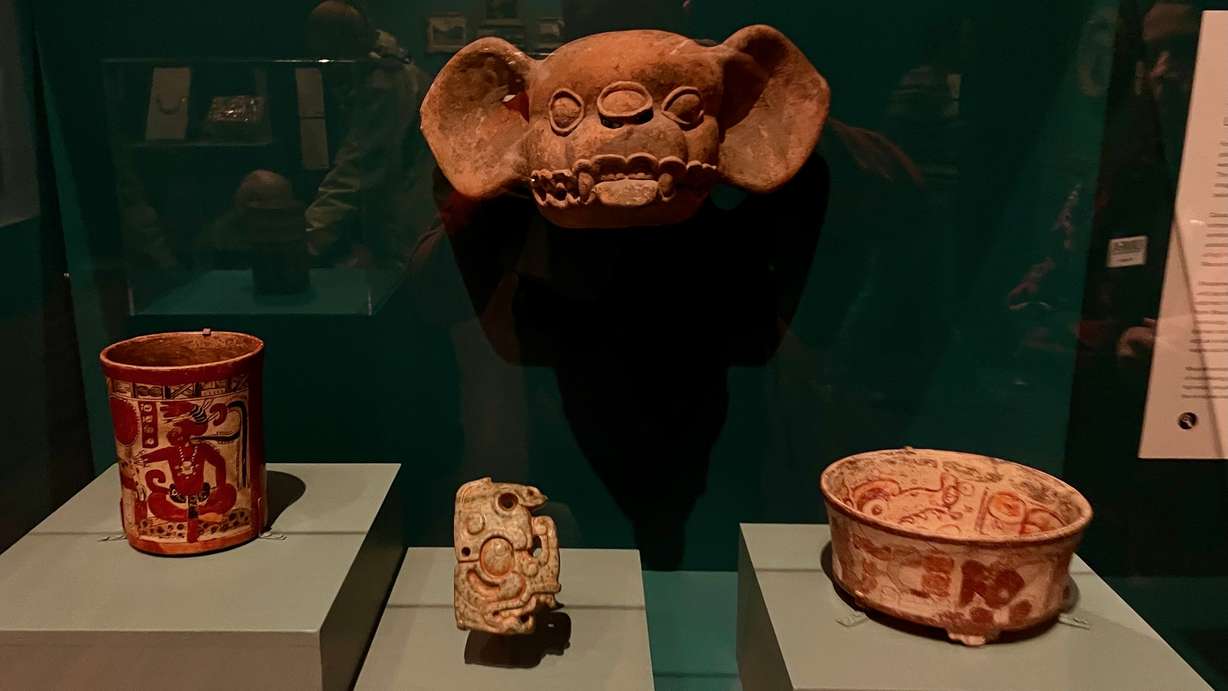
The artwork — which includes artifacts from the Indigenous communities scattered around Latin America and some contemporary art — is largely the same. But it has been moved from a hallway to a more central part of the museum and divided between two adjacent galleries — one focused on art from what is now Mexico, the other on Central and South America. It has also been reorganized, with labeling that explains each item and its significance to the cultures that created them.
An urn on display that represents Cocijo, a Mesoamerican water god in the Zapotec culture in what is now Oaxaca, Mexico, “is an attempt to explain the world around us when nature’s wrath or human-caused tragedies happen,” reads the label for the item. The urn “is a testament of the people who created it, a direct connection to our present and a window to the future. We are made of mostly water and are nurtured by water.”

The new galleries were formally unveiled on Oct. 18. A central aim of the reimagining has been to connect the art to the present day and decolonize it; that is, reclaim the items on display for the cultures they represent. Historically, Burbidge Ream said, museums have been made up of items brought by returning colonizers and visitors to far-off places.
Decolonization efforts in connection with the art collection entail “centering the perspectives of individuals and communities who have endured colonization,” among other things, reads a museum explanation of the effort.
Guadalupe expounded on that. Museum collections have typically been focused on academic research and preservation, she said, but the transformation of the Utah Museum of Fine Arts exhibit underscores the broader significance of the items on display.
“It acknowledges these objects as representatives of living traditions and connects them to the diaspora through our communities’ voices,” she said.
Luis Novoa, the current executive director of Artes de Mexico en Utah, had a hand in the effort and called it “life-changing.” The initiative, he said, is “a powerful example of how museums can honor histories with authenticity and respect and invite communities to reconnect with their roots.”
Read more:
The Key Takeaways for this article were generated with the assistance of large language models and reviewed by our editorial team. The article, itself, is solely human-written.

